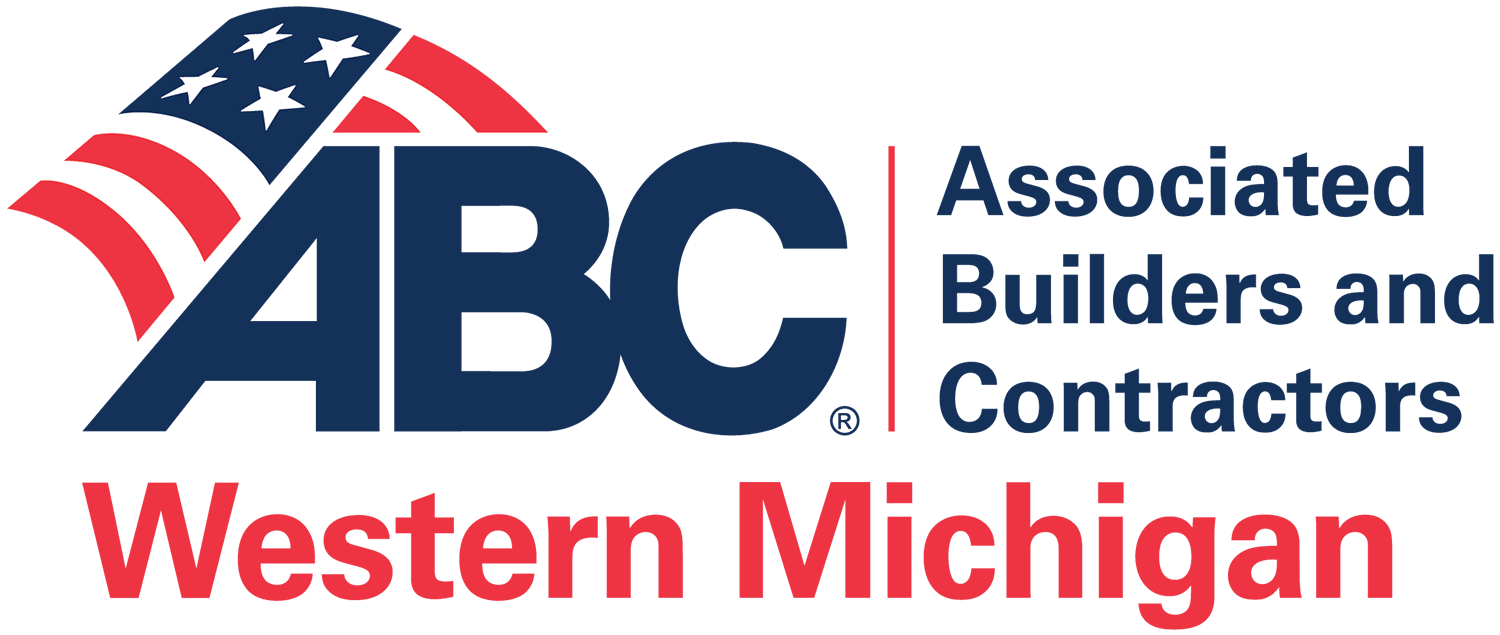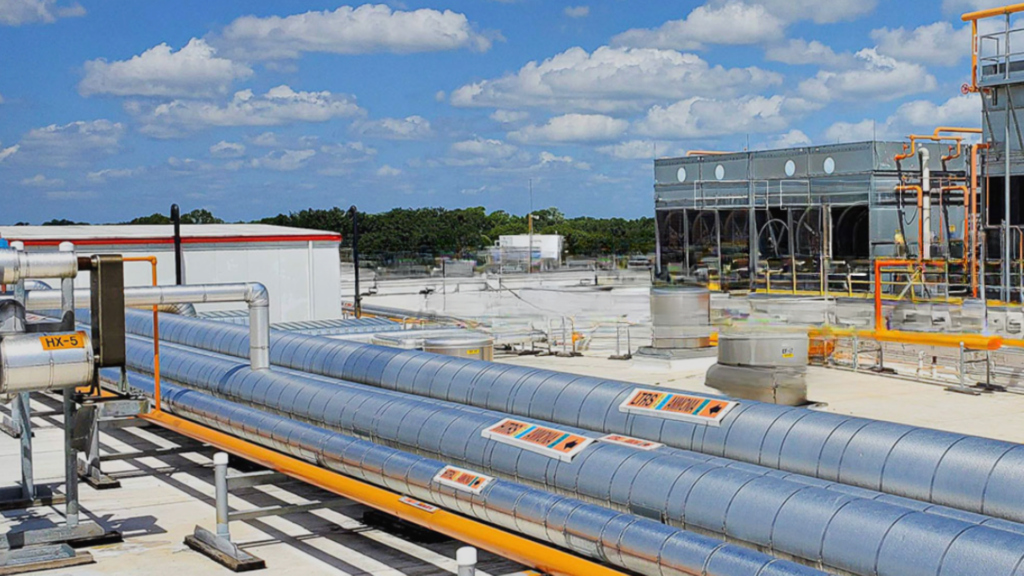By Eric DeVries, President of E3M Solutions
Michigan is adopting a new energy code for buildings, which will be enforced starting April 23, 2025.
Functional Performance Testing (FPT), which is less intensive and less expensive than full commissioning, is required as part of this new energy code. FPT aims to verify the operation and performance of systems in a building.
What is Functional Performance Testing?
By definition, FPT is a process that evaluates how a building’s systems and equipment operate to ensure they are energy-efficient, optimize usage and longevity, and provide occupant comfort.
FPT can help identify issues with comfort and operations and opportunities to save energy. For example, it can help ensure that building envelope components prevent air leakage, which can waste energy and trap moisture. FPT can also help identify issues with building automation systems (BAS), which can provide misleading information if not properly tested.
FPT typically includes tests that simulate various conditions, such as:
- Loss of power
- Shutdowns and startups
- Low and full loads
- Staging and standby functions
- Changing setpoints
- Seasonal weather conditions
- Systems that are typically tested include:
- Heating, ventilation, and air conditioning (HVAC) systems and controls
- Indoor lighting systems and controls
- Water heating systems and controls
- Building envelope components
Without FPT, the building owner and contractor can agree on whether equipment should be turned on or off. But they don’t know that a building isn’t optimized until they have complaints from occupants, high energy bills, or equipment failure. FPT ensures that occupant comfort, system functionality, and energy usage are all at the appropriate levels.
What does the new energy code say is required of FPT?
FPT is required for any building, addition, or major alteration. The code is also broken down by building type. Different building systems require different testing. For example, in a renovation, if you don’t touch the building’s envelope, you don’t need to test the envelope. If you change the mechanical systems only, that is the only test you need to complete.
The new code requires testing by 1 of 3 people:
- An independent third party
- An authorized and qualified professional employed by the building owner
- Or someone directly associated with the design/installation but not directly related to the project
Contractors and designers should not sign off on their own systems to protect the owner and the investment made and ensure systems run as efficiently as possible.
FPT is required to be completed to get final occupancy or have a plan to complete it.
How do I know if I need FPT?
There are two major reasons why you may need FPT. The first is the Michigan building code dictates if you build a new building, add an addition that is 10,000 sf or larger, or complete a renovation of 10,000 sf or more, you will need FPT.
A second reason would be related to your energy cost. Knowing if your energy bills are high can be difficult as there are so many variables that determine costs. The size of the building, as well as what the building is used for, are the two main factors. The CBECS document linked here provides an estimate of what your energy costs should be based on your location, building size, and type. If your costs are different than the estimates you see in this document, consider an energy audit or FPT.
What is the difference between FPT and Full Commissioning – which one do I need?
Full commissioning costs $1 – 1.50 per square foot, while FPT can cost between 35 and 50 cents per square foot. It requires additional documentation and meetings and is required when the building type is complex. A hospital, research facility, or facility handling chemicals all have regulations that make this process important.
However, if you have an office building, multi-unit housing, manufacturing facility, warehouse, etc., full commissioning is likely not necessary.
According to the new energy code, ONLY FPT is required no matter the type of building.
Full commissioning always requires a third party to complete. FPT gives more flexibility in who can complete the testing based on the scale of the project.
Why isn’t FPT already happening?
FPT should be part of most new buildings or renovations, but it does take extra time, money, and expertise. If you’re the mechanical or general contractor on a building, you are great at installation, but you may not know how to fully optimize all systems together.
What to do after FPT is complete?
It’s important to ensure your system works in every season and scenario. During FPT, you can test for many different environments and situations, but ideally, you’ll test continuously throughout the seasons, at different capacities, with different numbers of people in the building, and at different production levels to fully benefit from these tests.
By testing on an ongoing basis, companies can save between 3-11% annually on their energy costs.
Beyond that, occupants and employees will be comfortable, optimizing their outputs. Systems will perform properly and will not have
premature part or system failures. Equipment, parts, and systems’ longevity will all extend.
Eric DeVries, President of E3M Solutions
Eric has walked with companies from 1,000 SF retail, to 300,000+ SF offices and 1,000,000+ SF manufacturing facilities through all stages of energy efficiency & management. He received a Bachelor of Science in Engineering from Calvin College and has completed certifications as a Professional Engineer (PE), Certified Energy Manager (CEM) and Certified Demand Side Manager (CDSM). His expertise & experience includes energy auditing, mechanical & electrical engineering, energy project implementation, energy master planning and contract energy manager responsibilities. His firm is licensed in over half of the 48 states. Eric, who serves on the Michigan Energy Codes Compliance Collaborative, advised the state on the most recent changes to the commercial building energy code which goes into effect on April 23, 2025.




